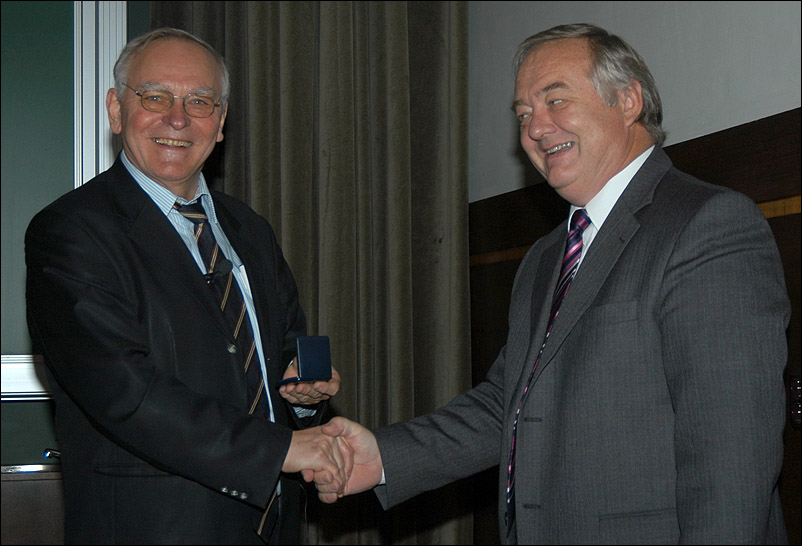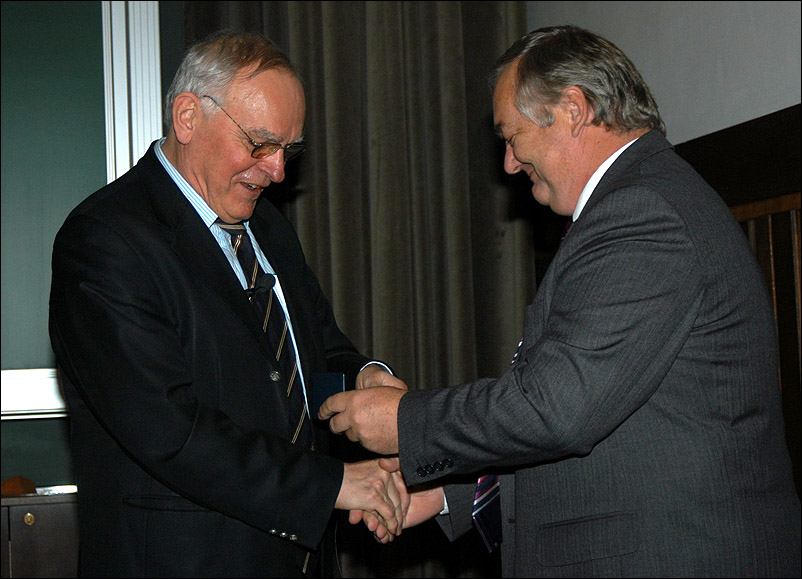Prof. Henning Hopf (Technische Universität Braunschweig, Germany)
How Do Organic Functional Groups Interact and React? Learning from [m.n]Cyclophanes
Abstract
In [m.n]cylophanes two benzene rings are held together in a facing position by alkano bridges. The aromatic moieties can be functionalised very readily and all types of functional groups have been introduced into them. Since the lengths of the bridges can be adjusted (usually between 2 and 4: ethano to butano bridges) and these can be anchored in different positions at the aromatic cores, numerous situations can be realized in which 2 functional groups are in geometrically exactly defined positions allowing to answer the question under what conditions they will interact and react. Especially the pseudo-geminal position, in which the functional groups are directly on top of each other, leads to interesting organic reactions (inter alia formation of anti-Bredt hydrocarbons, cyclobutadiene intermediates, all carbon 1,3-dipolar cycloadditions, ladderane formation). As soon as the pseudo-geminal orientation is given up these intramolecular processes break down. Furthermore, neighboring group effects are not observed any more if the distance between a directing group and the potential position for a chemical reaction becomes larger than ca. 4 Å.






